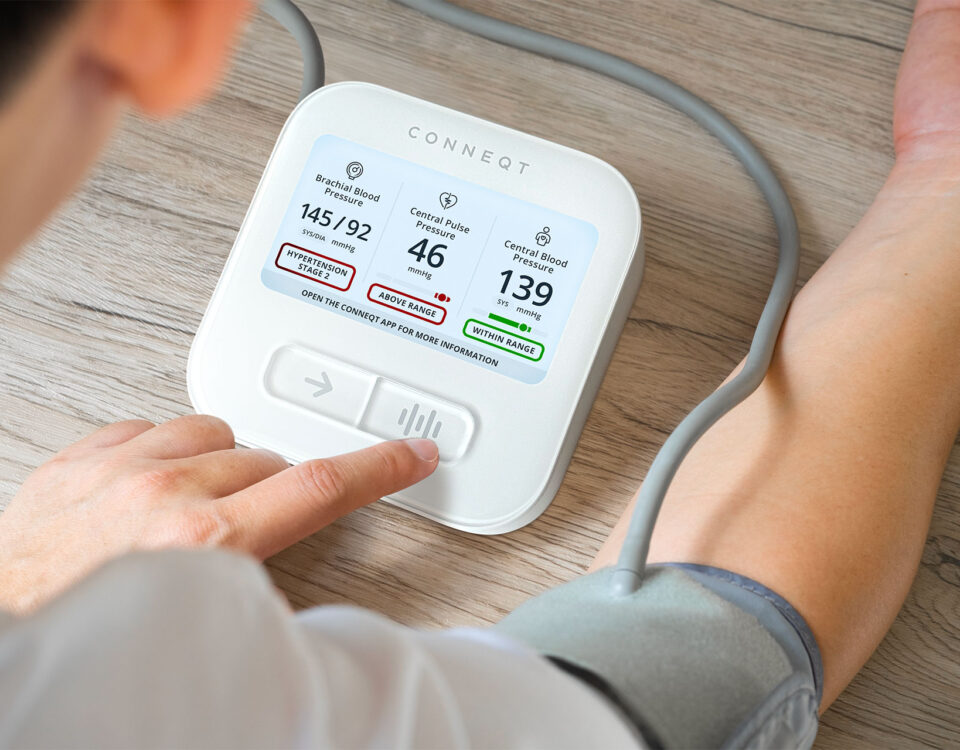When performed regularly, even low-impact aerobic exercises can be beneficial for your heart and arterial health.
Globally, the number of adults suffering from high blood pressure increased from 650 million to 1.28 billion in the last thirty years, according to a global analysis of hypertension trends published in 2021 in The Lancet. Nearly half these people did not know they had hypertension, according to the WHO and Imperial College London, who led the study.
Interestingly, while rates have actually declined in wealthy countries (Canada, Peru and Switzerland have the lowest levels), they have skyrocketed in poorer countries. In 2019, over one billion people (82% of all people with hypertension in the world) lived in low- and middle-income countries. This socioeconomic disparity highlights the need to educate consumers about one of the least expensive ways to control hypertension: Regular exercise.
How Exercise Benefits Arterial Health
The American College of Sports Medicine recommends that people with high blood pressure do moderate-intensity endurance exercise for 30 minutes or more on most, if not all, days of the week. (You can exercise for 30 minutes at once or break it up over the course of the day).
Aerobic exercise helps you build a strong cardiovascular system — which in turn means that you can deliver oxygen throughout your body more effectively. As your body becomes more efficient at burning fat and improving circulation (which includes the development of more capillaries to increase your blood flow), blood pressure naturally improves.
What kind of exercise is best for hypertension?
As people age, they naturally lose muscle mass and tend to gain weight (about 1-2 pounds a year on average, according to the CDC). Experts emphasize the importance of doing a mix of both cardio and resistance training for optimal heart health, given the strong association between obesity, weight gain, and hypertension. Studies show this combo can both help reduce your risk of developing hypertension—and improve your numbers if you already have high blood pressure. Of course, before starting any exercise routine, it’s wise to first check in with your doctor.
While all types of regular exercise can help boost your health, more challenging cardio like running or high intensity cycling or HIIT training can also boost your fitness level and endurance. Interval training, which involves alternating between pushing hard and slowing down during your workouts, tends to burn the most calories and reduces abdominal fat, a major risk factor for metabolic disturbances, cardiovascular disease, and type 2 diabetes.
Balancing Exercise Intensity
One word of warning: When it comes to exercise, you can have too much of a good thing. While moderate levels of exercise have consistently been associated with decreased cardiovascular disease risk, some evidence suggests that excessively high amounts of exercise (e.g., marathon running) could negatively impact cardiovascular health.
While HIIT and other forms of cardio are great for improving cardiovascular health, exercise doesn’t need to be intense to benefit heart health. In fact, even easy, low-impact cardio like walking can help lower your risk of chronic diseases such as cardiovascular disease and type 2 diabetes, according to the Department of Health and Human Services (DHSS) National Physical Activity Guidelines.
Working Out with Hypertension
Studies show aerobic activities like running, cycling, hiking, playing tennis (essentially any whole-body activity that temporarily increases your heart rate) can reduce resting blood pressure over time.
After exercising, your blood pressure temporarily decreases, a condition known as post-exercise hypotension. This hypotensive state can last for many hours after exercise and is especially pronounced in people who have hypertension. In other words, your blood pressure may be lowered a bit even if you have normal blood pressure, but the effects of cardio appear to be more potent in those who suffer from high blood pressure.
If you have cardiovascular risk factors of any sort, it’s a good idea to keep track of your status with regular home blood-pressure monitoring.
Low Impact Options: Is Swimming Good for Hypertension?
If you have bad knees or other joint problems, swimming offers a great, low-impact way to get cardio exercise. One study published in the Journal of Hypertension found that 18 sedentary, middle-aged adults who swam for 55 minutes, 3 days per week, lowered their systolic pressure by an average of around 6 mmHg in just 10 weeks.
Another study followed 40 men with hypertension who did water aerobics (exercise in the pool) for 55 minutes, three days a week. After 10 weeks, the participants’ systolic pressure dropped an average of 12 mmHg.
READ MORE: Beyond Hot Flashes: Menopause’s Impact on Heart Health






